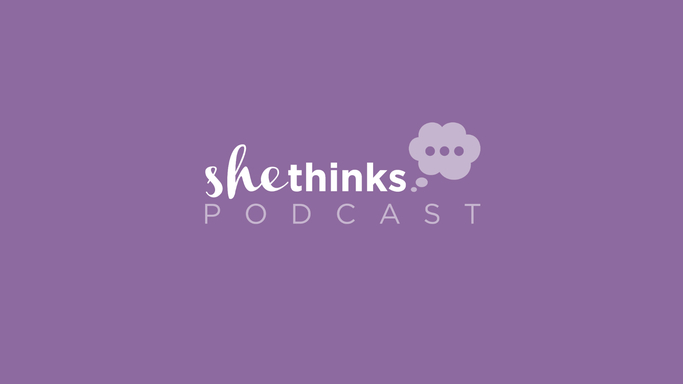As a Visiting Fellow at the Independent Women’s Forum and Director of Medicine for the American Council on Science and Health, I had the pleasure of hosting this Working For Women podcast and interview with preeminent cancer researcher and physician scientist Dr. Richard Pestell. In it, we speak about metastatic breast cancer, triple negative breast cancer, what is hopeful on the horizon, why he is excited about his current work and what obstacles are impeding progress in treatments. This is important because with such aggressive diseases especially there shouldn’t be any unnecessary lag time getting targeted therapeutics from lab bench to patient bedside.
Dr. Pestell trained at major institutions from Massachusetts General to Harvard, ran cancer divisions in leading institutions, led cancer centers, has 58,000 citations of his work and is top ranked in oncology, prostate cancer, breast cancer and on and on… To say he is prolific is an understatement. Having lost both of his parents to cancer within a year of one another, he is driven by a personal story of witnessing ”metastatic cancer can bring the strongest man or strongest woman to their knees.”
Metastatic Breast Cancer is the most advanced form of cancer in that it is no longer contained to the breast and has spread throughout the body adversely impacting the organs. Triple-Negative Breast Cancer is a very aggressive type that has a poor prognosis with limited treatments. As Dr. Pestell points out, it is the most deadly form with patients often having 1-1.5 year survival rates. Sadly, he affirms there is no targeted treatment for the disease currently available.
This is why his present work and the clinical trial he is investigating is so promising.
As he describes, there is a very important shift in thinking as cancer used to be seen as a disease with a lump. So you would treat the original lump. Now, we know cancer is circulating in the bloodstream and if we can manage these traveling cancer cells, then we can block them from spreading which is what ultimately leads to the death of the patient. Dr. Pestell likens this to how we treat diabetes, managing the blood sugar (aka glucose) is the focus rather than the harder to treat pancreas. So, he is working on a new approach where, just like a car driving on the road that needs a key to start the engine, his team found the key to the spread of breast cancer cells. Its name is the CCR5 receptor.
Dr. Pestell explains that normal breast cells normally don’t have CCR5, but that they do when they become cancerous. Then the receptor is turned on and they create problems. This is an exciting opportunity to discover how to target this driving force for spread of cancer in the body. He goes on to discuss his clinical trial underway for Triple-Negative Breast Cancer, what lessons he is learning and why they are exciting so far, and how such targeted therapies can be more ideal than traditional chemotherapy. As Dr. Pestell suggests, to find clinical trials for your particular disease and to be empowered by becoming active in your own management, check out this National Institute of Health (NIH) website by clicking here (also, National Cancer Institute-Designated Cancer Centers have access, see here).
Our discussion evolves to address how we balance some regulation to protect patient safety without stifling innovation, or slowing down the pace of getting from the lab bench to the patient. His answers demonstrate the hurdles, environment necessary to support such work and where we can make inroads for progress. This requires, in part, a more seamless integration between industry and academia.
His take home message is that advocates are “essential in driving discoveries to cures” and their involvement is instrumental in the many new improvements we have, so he urges everyone to get involved whether for yourself or a loved one.
Dr. Pestell sums up the fastest way to get these therapies from a person’s mind to a patient requires two things:
1. Do this work in America where the environment welcomes innovation and is conducive to great ideas.
2. A buoying economy like in the U.S. is necessary to fund it.

